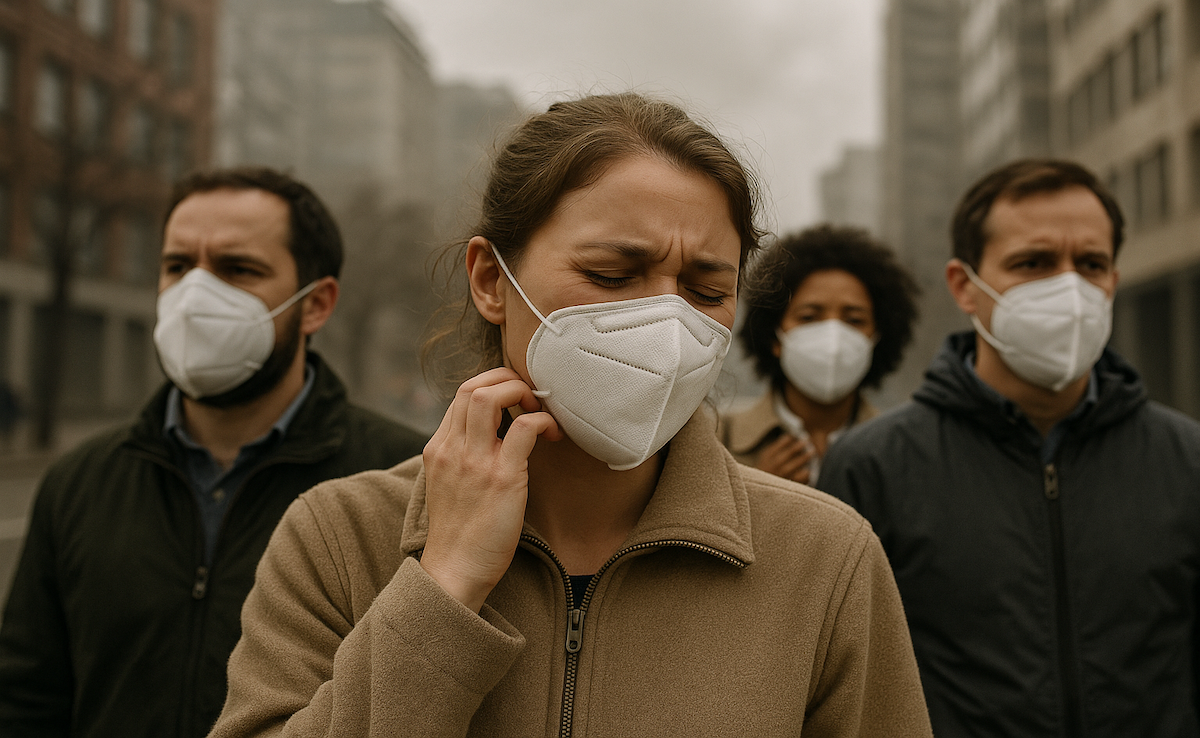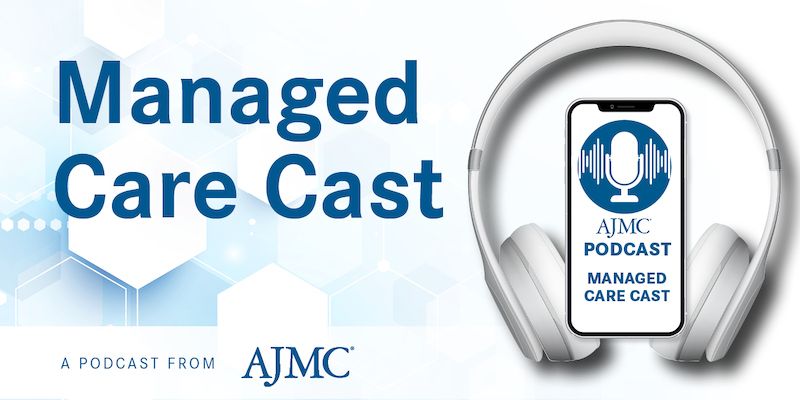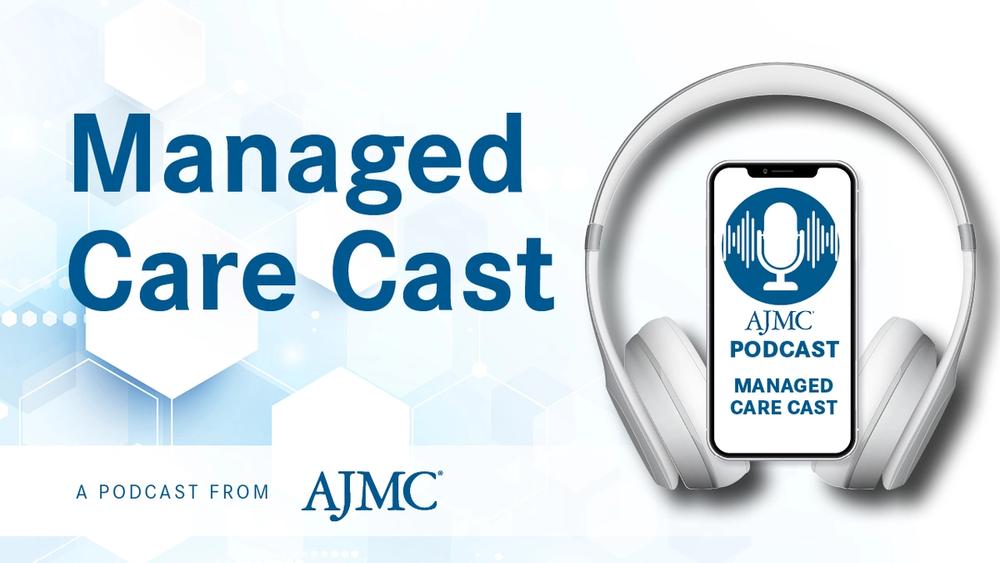Commentary
Article
Understanding TB Symptoms, Spread, Treatment Amid Kansas City Outbreak
Author(s):
In part 2 of this interview, Michael A. Bernstein, MD, highlights the need for prolonged antibiotics and strong public health measures to combat tuberculosis (TB) at both the individual and population levels.
In part 2 of our interview with Michael A. Bernstein, MD, director of pulmonary and critical care at Stamford Health, he discusses how tuberculosis (TB) spreads, its common symptoms, and treatment options amid the ongoing outbreak in Kansas City, Kansas.
Watch part 1 here.
This transcript has been lightly edited for clarity.
Transcript
How does TB typically spread? What makes certain communities more vulnerable to outbreaks?
TB really is a disease that, internationally, upwards of two-thirds of the world will either have been infected and cleared of TB, or have certainly been highly exposed to TB during their life. In countries like the US, we don't face TB as strongly as most of the rest of the world does. The communities that have been at the biggest risk for TB in the US for years are immigrant or recent immigrant communities, and particularly over the last 30 years or 40 years, HIV or HIV-positive patients. There's a number of medications that we use for a whole series of different diseases, usually autoimmune diseases, that can put patients at risk for TB. Those are the 3 communities I sort of think about for who we need to focus in on our TB risks.
TB had dramatically decreasing rates in the US up through the late 1980s and early 1990s when the HIV epidemic really changed the face of TB for concurrent infections. There's been tremendous public health advances, obviously, with HIV over the last 30 years. That population has sort of seen a steady decline, but, over the last 5 years, there's been a re-increase in the number of patients with TB across the US.
What are the early symptoms of TB? How can people differentiate them from other respiratory illnesses?
So, TB is a more chronic and slow disease. The old, again using the term "romantic," name for TB, was consumption, meaning that it would sort of eat at you. So, weight loss was a very common early symptom. The big ones are weight loss, cough, fevers, and coughing up blood, in particular, which we call hemoptysis; those are the main ones for pulmonary TB.
TB can occur in other parts of the body besides the lungs, and those present with a myriad of different complaints, but, for the most part, the biggest impact is in the respiratory system, and those of cough, fever, and coughing up blood would be the biggest.
What are the current treatment options for TB?
The mainstay of treatment for TB is a series of different antibiotics. Some of the antibiotics are used for other bacterial infections, and some of the antibiotics are limited only to the use of TB, but it's not as easy as 1 antibiotic. The most common treatment regimen for TB is 4 antibiotics, and patients are treated for upwards of 6 months, which is much longer than you would think for strep throat or an ear infection.
It's also very important that TB can become resistant to antibiotics. So, when patients are put on antibiotics, they need to be observed and treated in a conservative and appropriate way to make sure that they're not just starting the treatment and stopping, because that puts the entire community at risk if you develop strands of TB that are resistant to the antibiotics we currently have.
The other part of TB isn't just treatment. Its prevention and identification goes hand in hand almost as much as any other disease out there. TB is a uniformly reportable, communicable disease. So, if we as physicians have a patient who has TB, the hospital laboratory, or the outpatient laboratory, is going to report this to the state. The state will send in—in Connecticut, and this is what's been reported in Kansas, as well—they're going to send in a series of folks to help identify who's at risk, screen those people, and start them on treatment, if appropriate, as soon as possible.
Newsletter
Stay ahead of policy, cost, and value—subscribe to AJMC for expert insights at the intersection of clinical care and health economics.





